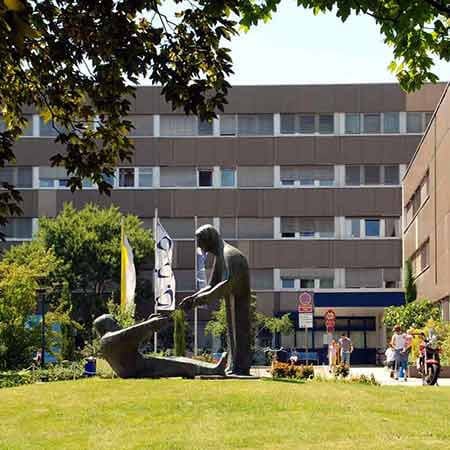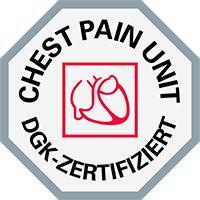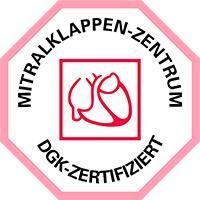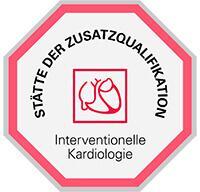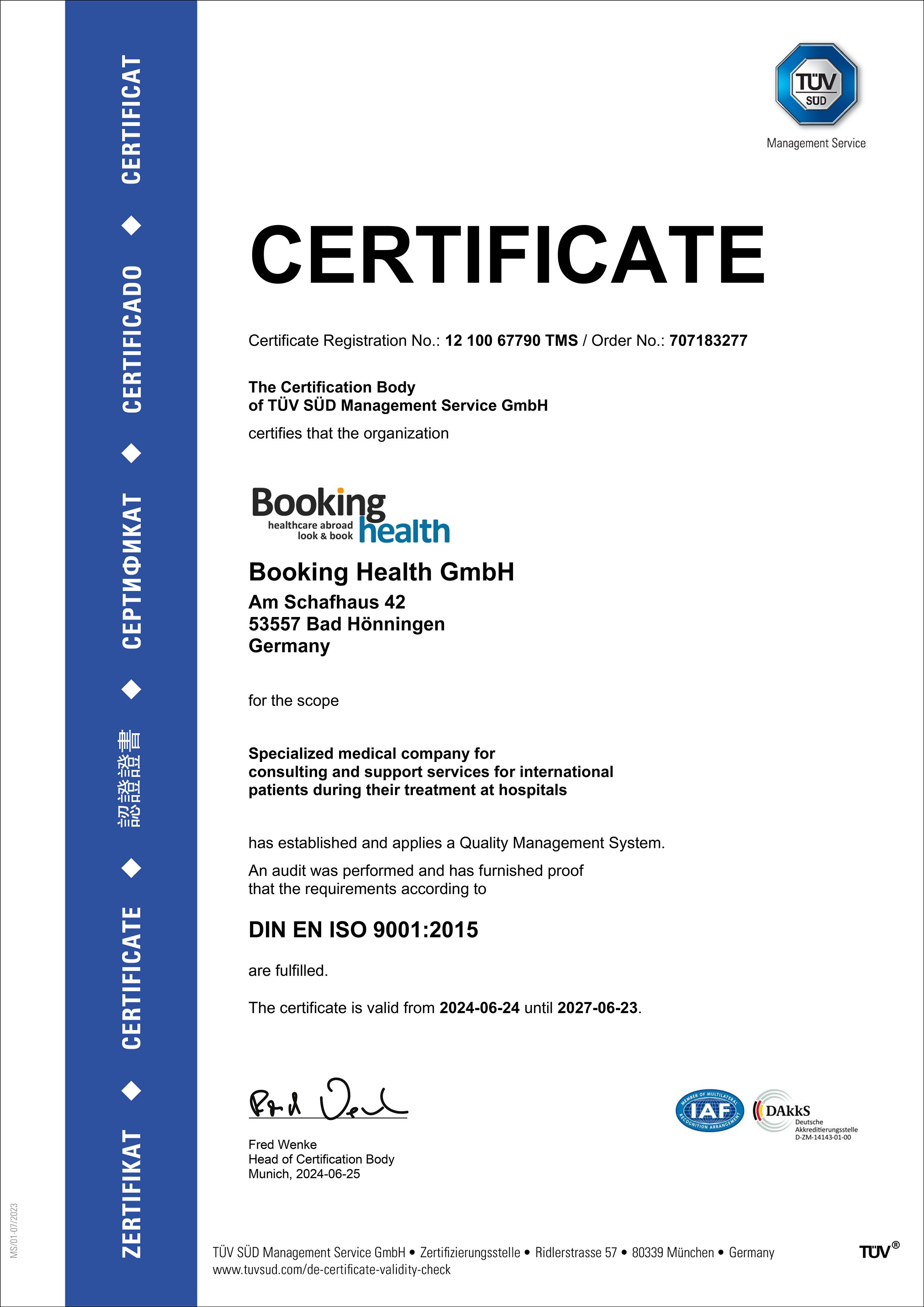About the disease
Atrial septal defect, also known as ASD, is a congenital disease of the atrial septum, when there is a hole between the two upper chambers of the heart. Because of this hole, the lungs and heart receive an excessive amount of oxygen and thus overwork and weaken. If not treated, a large defect can damage the lungs and heart. In some cases, this defect is so small that it may go unnoticed by the person who has it. An atrial septal defect can appear during prenatal development due to a genetic predisposition or environmental factors which had an effect on the baby's health. Smoking, alcohol consumption and various infections contracted during pregnancy can also affect a baby's health.
This disease rarely manifests itself in children. Symptoms usually start to appear after the age of 30.
Symptoms
- Frequent inflammation of the lungs
- Heart murmur
- Fatigue
- Dizziness
- Increased heart beat
- Shortness of breath
- Inability to exercise and engage in physical activities for a long time
- Swelling of legs
Atrial septal defect contributes to 5-10% of all inborn heart defects in babies. The highest prevalence of its manifestation is 21-30 years, with 80% of patients with atrial septal defect having severe symptoms at this age.
Diagnosis
During a physical examination, a doctor will listen to a patient's heart with a stethoscope to see if there are any murmurs or whooshing sounds in the valves. Presence of a heart murmur can be a cause of other heart diseases, however, which is why a patient would need to undergo further diagnostics to know for sure if they have an atrial septal defect.
- An Echocardiogram is used to produce images of the heart to see if there is a hole between the patient’s heart chambers, which is having a detrimental effect on its pumping function.
- X-Ray also produces heart images, but it is difficult to see the hole with this method if the atrial septal defect is very small.
- A CT scan is used for detecting the smallest atrial defects, which wouldn't be picked up on an echocardiogram.
Treatment
- Reconstruction surgery aims to close the hole between two heart chambers and repair the pumping function of its valves, so that the heart and lungs get a normal supply of oxygen. Such reconstruction can be done by open-heart surgery or endoscopy.
- Cardiac catheterization with mesh patch implantation is a procedure that implants a surgical mesh, which is a loosely woven sheet, into the heart to support its pumping function. Such implantation can be performed during cardiac catheterization.
Overall, such procedures have a favorable outcome and the patient usually has a long life expectancy.
Authors: Dr. Nadezhda Ivanisova, Dr. Sergey Pashchenko
